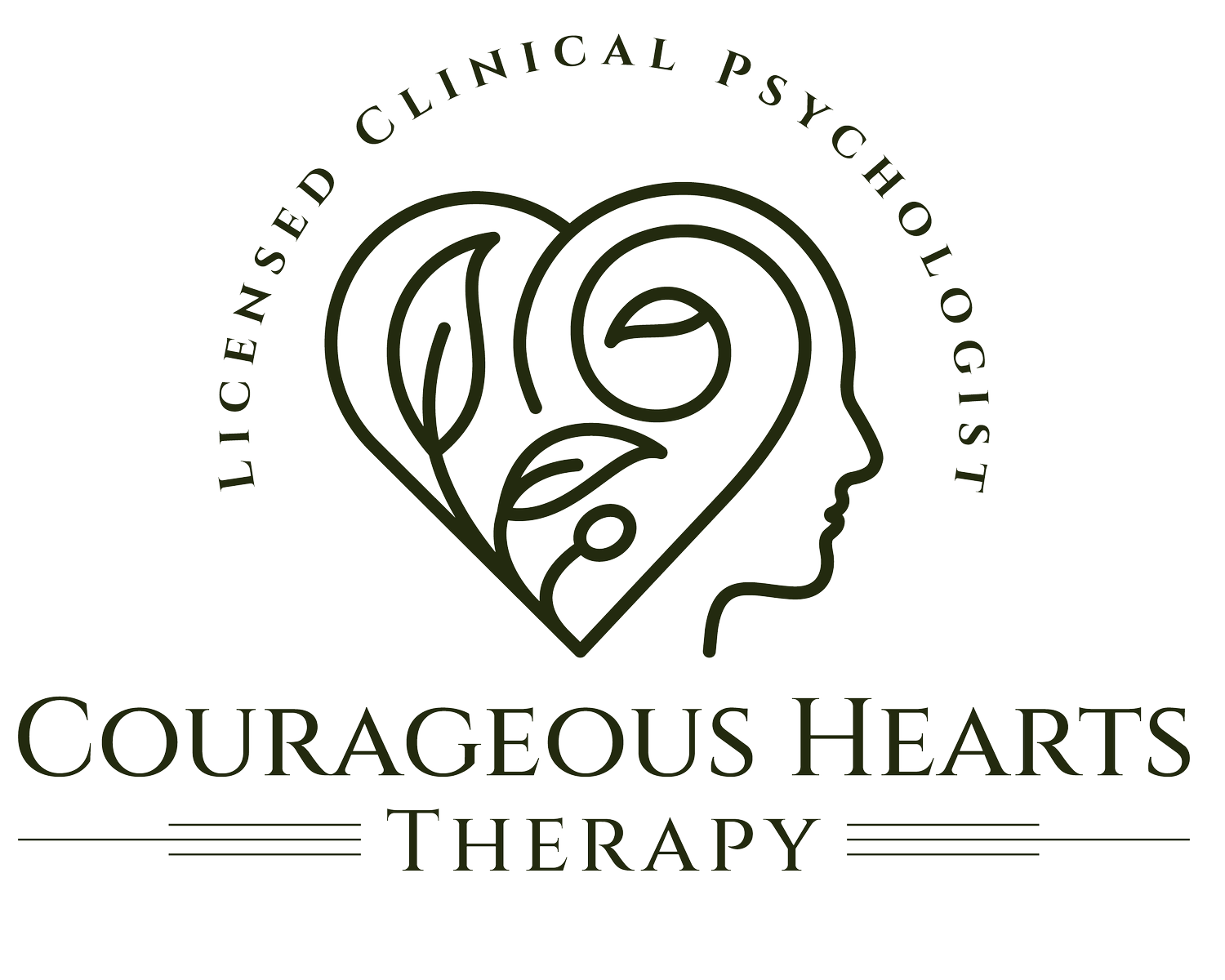Understanding Borderline Personality Disorder through the lens of the Biosocial Theory
By Savannah McSheffrey, PhD, Psychologist Specializing in DBT
Borderline Personality Disorder (BPD) is often misunderstood. While its symptoms—such as emotional dysregulation, impulsivity, unstable relationships, and a shifting sense of self—are well-documented, the origins of these difficulties are less commonly discussed. One of the most comprehensive and clinically useful frameworks for understanding BPD is the biosocial theory, a foundational concept in Dialectical Behavior Therapy (DBT), developed by Dr. Marsha Linehan.
What Is Biosocial Theory?
At its core, biosocial theory posits that BPD arises from the dynamic interaction between biological vulnerability and environmental invalidation over time. It’s not just nature or nurture—it’s both, intertwined in a way that shapes emotional development and behavioral responses.
Let’s break that down.
1. Biological Vulnerability: Sensitivity, Reactivity, and Slow Return to Baseline
Some individuals are born with a temperament that makes them more emotionally sensitive. According to biosocial theory, three main components define this emotional vulnerability:
High sensitivity: A heightened emotional response to stimuli that others might barely notice.
High reactivity: Emotions escalate quickly and intensely.
Slow return to baseline: Once upset, these individuals take longer to calm down.
This isn’t a flaw—it’s a difference in emotional wiring. And sensitive people have many strengths including deep empathy, creativity, and capacity for deep relationships! But it does mean that navigating life’s emotional challenges can feel like walking a tightrope without a safety net.
2. Invalidating Environments: When Emotional Needs Go Unseen or Dismissed
The second part of the equation is the invalidating environment. This doesn’t necessarily mean abuse or neglect (though those are often contributing factors). It refers more broadly to environments—family, school, culture—that:
Dismiss or punish emotional expression (“Stop crying or I’ll give you something to cry about.”)
Oversimplify problem-solving (“Just get over it.”)
Mislabel emotions (“You’re too sensitive.”)
When a biologically vulnerable child grows up in an environment where their emotional experiences are consistently invalidated, they don’t learn how to understand, label, or regulate their feelings. Instead, they may begin to doubt the validity of their own emotional responses or feel overwhelmed and ashamed by them.
How This Leads to BPD Symptoms
Over time, the interaction between these vulnerabilities and invalidating responses can lead to the core features of BPD:
Emotional dysregulation: Difficulty managing intense emotions.
Impulsivity: Acting on emotion-driven urges without considering consequences.
Unstable relationships: Desperate attempts to avoid abandonment, sometimes pushing people away in the process.
Identity disturbance: A shifting or unclear sense of self.
Chronic feelings of emptiness and intense, inappropriate anger.
These aren’t choices or character flaws—they are adaptive responses to a world that hasn’t offered the person the tools they need to manage their inner experience.
Why Biosocial Theory Matters in Treatment
Understanding BPD through the biosocial lens is not just academic—it’s transformational. It replaces stigma with compassion, and blame with understanding. Most importantly, it informs the structure and strategies of DBT, a therapy designed specifically to help people build the skills that were never adequately taught: emotion regulation, distress tolerance, interpersonal effectiveness, and mindfulness.
It also provides validation. When clients learn that their emotional pain makes sense given their biology and experiences, many feel an enormous sense of relief. It's not that they are “too much” or “broken”—they simply didn’t get the tools they needed in a system that didn’t know how to give them.
A Path Forward
The biosocial theory offers more than an explanation—it offers hope. With the right support, individuals with BPD can learn to understand their emotions, change harmful behavior patterns, and build a life that feels meaningful and worth living.
If you or someone you love is struggling with symptoms of BPD, know that effective, evidence-based treatment is available. DBT is one of the most well-researched and effective approaches for this condition, and it’s grounded in the belief that people are doing the best they can—and can do better with support and skills.
Need help or want to learn more about DBT? Feel free to contact me or explore more resources on this site. Healing starts with understanding—and understanding starts here. Or go to https://www.borderlinepersonalitydisorder.org/
